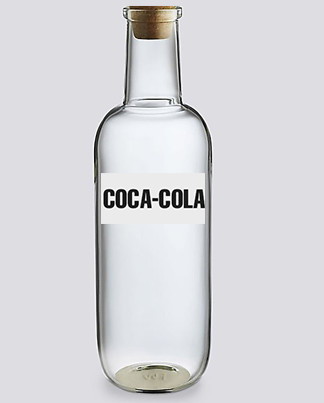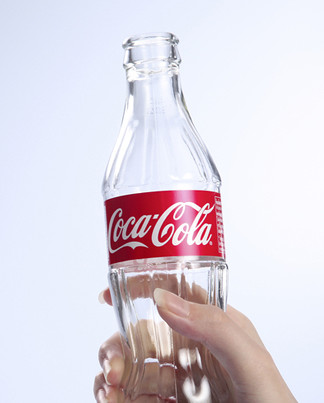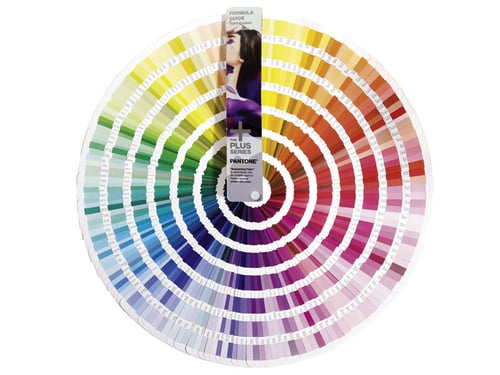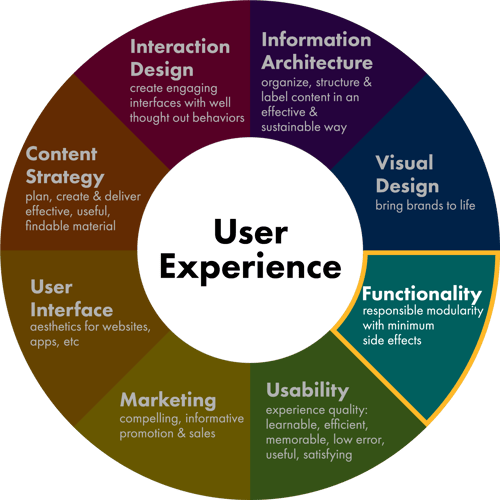
Blog
UX Part 3 of 9: Visual Design
"I’ve learned that people will forget what you said, people will forget what you did, but people will never forget how you made them feel."
Let’s start with an easily digestible illustration of what visual design is by looking at a heavy-hitter, Coca-Cola.


Figure 1 displays a vessel whose overall appearance is the result of designing the item to contain liquid and communicate what's in it. Figure 2 does this in addition to donning a personality in an attempt to reach out and connect with human beings. Coca-Cola isn't the world's most recognizable brand because it subscribes only to sound technology and functional-only design. While it’s important for websites, applications and other products to function properly, the world would be a very bland place if everything was merely practical. Markets consist of human beings, not robots. People are prone to engage with visually compelling items, remember them and talk about them.
“Visual design focuses on the aesthetics of a site and its related materials by strategically implementing images, colors, fonts, and other elements. A successful visual design does not take away from the content on the page or function. Instead, it enhances it by engaging users and helping to build trust and interest in the brand.”
In his book, Emotional Design: Why We Love (or Hate) Everyday Things, Don Norman includes a study which determined that “the degree of a system’s aesthetics affected the post-use perceptions of both aesthetics and usability, whereas the degree of actual usability had no such effect.” In other words, visual design has as much of an effect on the overall experience as usability. While a universally functional web could look like Craigslist (arguably an improvement over some sites), to do so would forsake a very powerful aspect of creating impactful content.
“Creativity may well be the last legal unfair competitive advantage we can take to run over the competition.”
Subscribe to email updates
Recent posts

Related Articles
Topics

Topics

Topics







